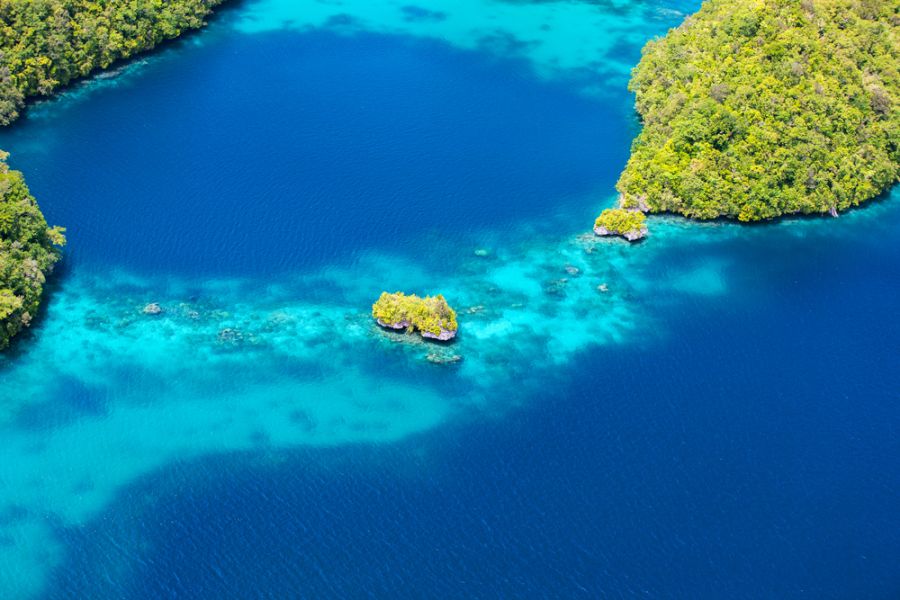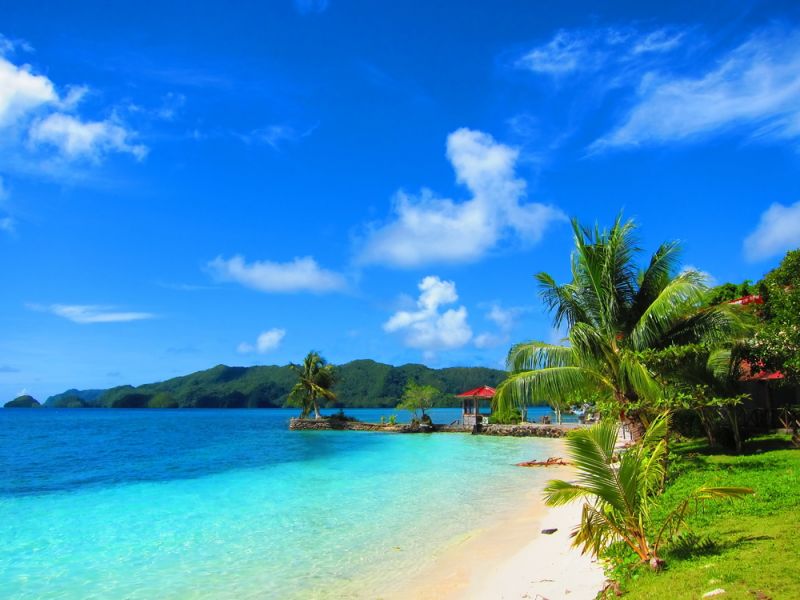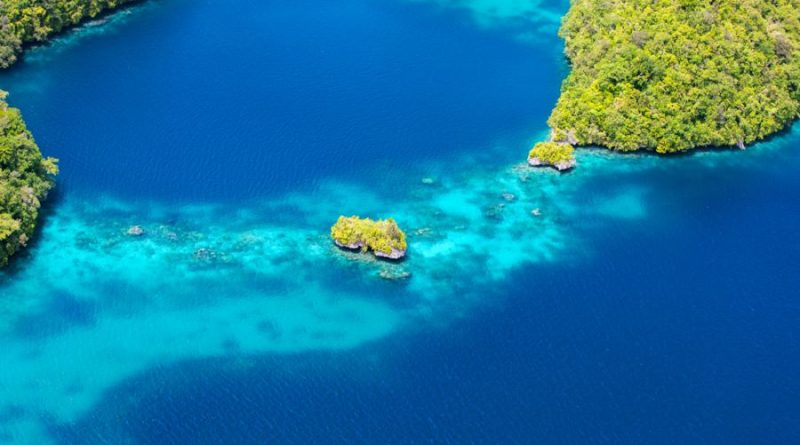T88ZE T88KK T88SH Palau. From DXNews.com
JE6KPN will be active as T88KK from Palau, 10 – 16 January 2025.
He will operate on HF Bands.
Recent DX Spots T88KK
QSL via home call.
Previous activity:
JA4BXL, JA4BDY, JA4BVU will be active from Palau 30 October – 2 November 2015 as T88ZE, T88KK, T88SH.
They will operate on HF Bands.
QSL via home calls.
Palau is a land of underwater wonders
If you are going to fly to Palau, try to choose a flight that arrives during daylight hours. Then on the approach you will be able to see an amazing picture – bright green islands, like a handful of emeralds, fallen into the blue of the ocean. The Republic of Palau is 328 islands between the Philippines and New Guinea. People live permanently on only eight of them. Because of this, tropical nature has been preserved on Palau like few places on Earth. There are no luxurious sandy beaches and standard resort fun, and one-third of the territory – reserves, closed to the outside eye. But even what is open to tourists is impressive, as they say, for the rest of your life.

Jellyfish Lake
There is an uninhabited island in Palau called Eil Malk. The entire islet is the top of a coral reef that was lifted above the water millions of years ago by the restless earth’s firmament. As it rose, or later, part of the lagoon laced off and became a lake. Despite tropical downpours, its dark green water is salty – three narrow tunnels connect the lake to the ocean.
As chance would have it, no predatory fish got into the lake, but a flock of jellyfish did. Freed from their enemies, they multiplied in full force. Now they number up to 10 million! Wherever you dive – in front of you float dozens of umbrellas of golden-yellow marshmallow. Some are as big as a man’s head, others no bigger than a fingernail.
Two hundred meters away in the ocean swim their relatives, but lake jellyfish, who have no one to defend themselves against, have become different – their tentacles have shortened, stinging organs have disappeared. They feed on single-celled algae that live inside their translucent body.
The jellyfish try to keep it in the light so their green cohabitants can accumulate organics and reproduce. In clear weather, it is interesting to watch the streams of jellyfish moving in the clear water from shore to shore following the sun.
Palau is very protective of this unusual body of water. Tourists are asked not to flipper too much, to swim calmly without injuring the jellyfish; not to use sunscreen so as not to pollute the water. And they are not allowed to scuba dive. Jellyfish have nothing to do with it, though. From the depth of 15 meters to the bottom, the water is devoid of oxygen, but saturated with hydrogen sulfide, dangerous for humans.

The Milky Way invites
It’s not about night hikes. In Palau, one of the bays off the Rock Islands is called Milky Way. The water is indeed as white as milk. The bottom here is covered with white clay, the useful properties of which are confirmed by doctors and all as one local guides.
Tourists dive for the plastic mass and cover their face, hair and the whole body with it. Hardly anyone manages to become younger after one session, but everyone takes pictures in the form of snowmen under palm trees. Palau’s spas use clay to refresh and revitalize the skin. Foreigners have repeatedly tried to get permission to extract and export valuable raw materials. But the government is adamant: we do not trade in natural resources. Tourists and citizens of the country are forbidden to export white clay under the threat of huge fines. As well as shells, corals, starfish and other gifts of local nature.
An exception is made only for neighbors – the indigenous inhabitants of the Yap archipelago. Since ancient times they use huge stone coins (up to three meters in diameter!) as money. They use them to buy cattle, land, and pay bride price. And these “money” is extracted in Palau.

Watch out for sharks!
A few years ago, Palau announced their intention to protect sharks. This is not a mistake, the author did not miss the preposition “from” after the word “protect”. We are used to seeing sharks as bloodthirsty predators just waiting to attack humans. In fact, humans are victimized by only a few species of these fish, and there are 450 known species. Commercial fishing and water pollution have pushed many sharks to the brink of extinction.
So, the people of Palau have created a marine reserve for sharks. Its water area, by the way, is larger than the area of France. In the reserve is prohibited to catch and destroy all 13 species of sharks that live in the waters of the archipelago.
But to see sharks in their natural environment in the archipelago is not a problem. It is not without reason that divers all over the world dream of scuba diving in Palau.
Reefs go vertical wall at a depth of 200-400 meters, and you swim above this abyss. Over millions of years, the water has turned limestone rocks into bizarre sculptures. Grottos, caves, winding tunnels… Palau’s waters are home to 1,500 species of fish! And also colorful crabs, lobsters, octopuses. Sometimes near the reef majestically swims manta, a huge stingray that looks like a drone airplane. In the underwater thickets graze slow mammals dugóni, the size of a cow. Dozens of species of fauna and flora are found nowhere else in the world.
Those who are not inclined to the extreme, look at sea creatures, lying in a lifejacket on the water. The water is twenty-five meters clear, and in some places the sun reaches the light sandy bottom. You’re slowly being carried along by the current. And under you – turtles, multicolored “bouquets” and “fans” of coral, patterned fish, shrimp, sea urchins, shells tridana, the size of a baby bathtub. And of course, sharks. They feed closer to the bottom, but when you see a fish, the length of a tour bus….
Picturesque underwater travel is added to the remnants of military equipment, which rest on the bottom since World War II. The Americans had a hard time smoking out Japanese garrisons from the islands. Since then there are underwater airplanes shot down, hulks of boats.
It’s good to say goodbye to Palau by helicopter. The pilot knows where and from which side to fly. For convenience of photo and video shooting, the door is removed from the car in advance. There will be only a seat belt between you and the boundless ocean surface. The sensations are inexpressible!
sumber www.dxnews.com

